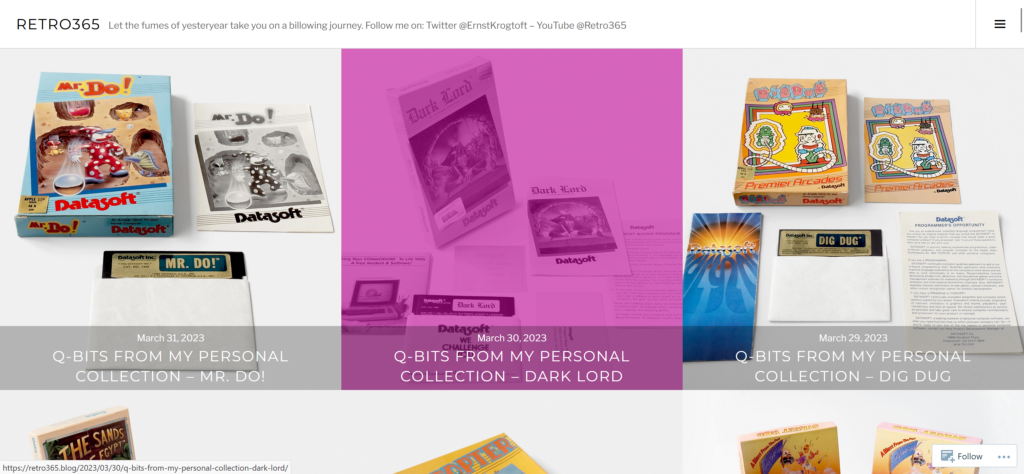It’s been about five months since we looked back at Jon Bois’ Breaking Madden’s Super Bowl game where they set one team up to maximum stats, the other team at minimum stats, and just ran up the score. They found out that Madden 2013 stopped counting score at 255 points. Counting manually, at around 1,500 the game called a penalty on a play that wasn’t run, and the instant replay presented the most frightening image a sports video game has ever generated, the Football Fetus:

They stored a team’s score in a single byte in 2013! It was a striking example of how EA Sports, without competition for decades, basically views Madden as a no-effort money printer. Licensed NFL football is either Madden or nothing. What are you going to do, play with no-namers? Pshaw!
Breaking Madden is like ten years old now, and the rights situation hasn’t changed. EA Sports continues to squat possessively on its golden football egg, with no end in sight. But Breaking Madden made some internet waves in the time since. Maybe they’ve gotten their development act together? Maybe?
In the time since then SBNation has switched these kinds of things that they do to Youtube videos, and rebranded them as Secret Base. Jon Bois has become quite the Youtube sensation there in the time since, making a lot of very well-regarded internet documentaries.
One of the Secret Base subseries is called the Fumble Dimension, which is a similar kind of attempt to break sports video games, just in video. About 11 months ago they (mostly Jon’s associate Kofie) again took a hammer to the most recent Madden, 22 at that point, and tried to run up the scoreboard. This time though they did themselves. No, they didn’t try to win against an inferior team. They played a team to lose, against a team set at maximum AI, and tried to let the computer score as much as possible. Here it is (23 minutes).
The good news is, the score no longer ceases to count after 255 points. The score is free to rise up over 1,000. The game’s final score broke 1,700, and didn’t break 2,000 only because Kofie was feeling hugely bored playing terribly on purpose for play after excruciating play. They theorize that 7,000 may well be popular with optimal sub-optimal performance, but they leave that demazing feat to some other intrepid failure.
But while they have wisely decided to store player scores in more than one byte now, there were several other hints that Madden 22 is just as haphazardly constructed as Madden 13 was. Players would try to run off the field, held back only by the walls of the stadium. The announcers announced a lengthening series of safeties each as the “second safety of the game.” And while the score counted correctly, an assortment of player stats were scored increasingly inaccurately as the self-induced drubbing continued, some dipping into the negative as they grew, a sure sign of uncapped signed values.
When I posted on Breaking Madden, I took the opportunity to diatribize about the decay of the Madden games, and how the series should either be given renewed resources or the license just be allowed to pass to other hands. I won’t bore you with yet more harping on the point now, I’ll just say, please NFL, hand your license over to someone who actually seems to care.
Fumble Dimension: We tried to break the Madden scoreboard (Youtube, 23 minutes)













